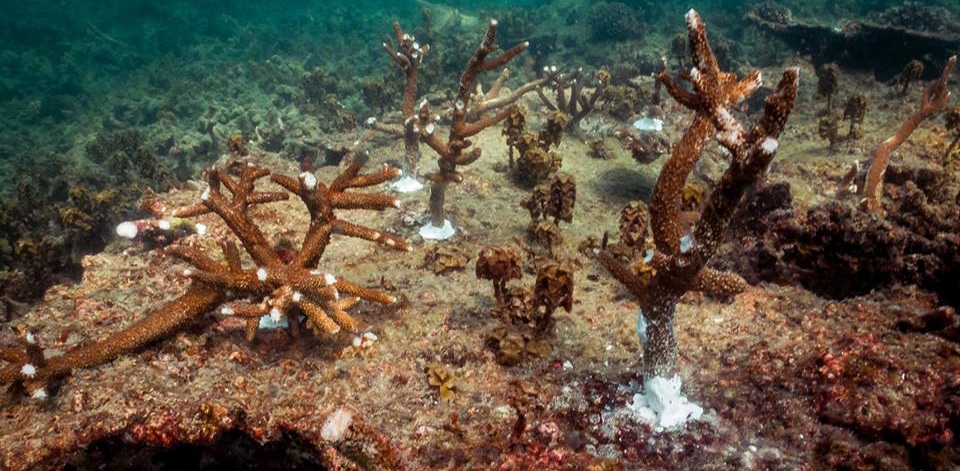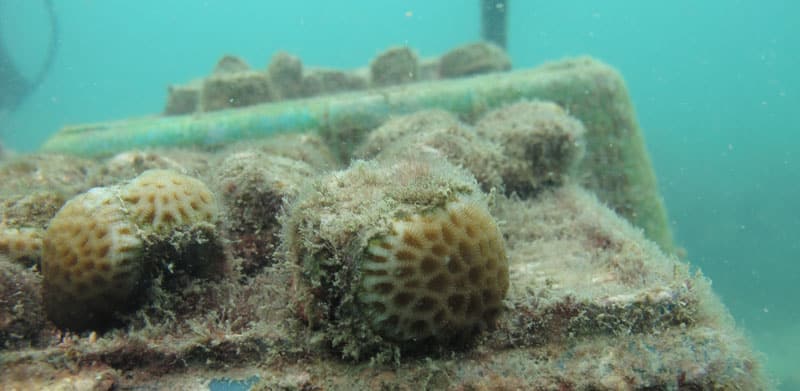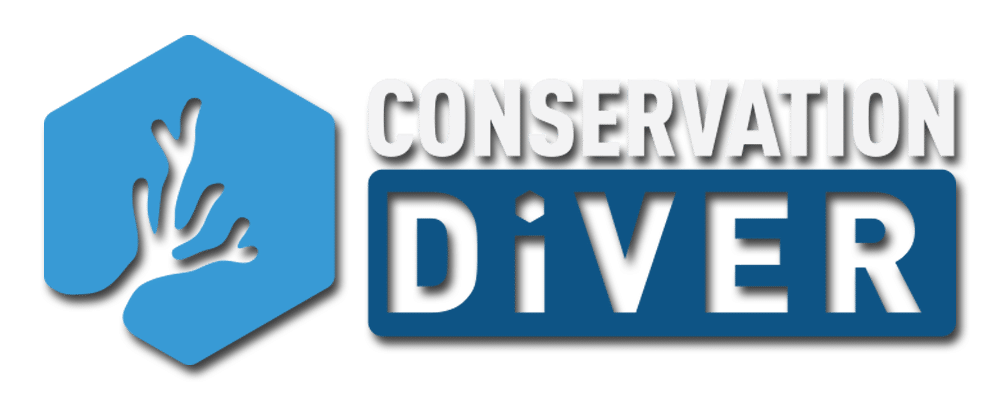
As coral restoration techniques becomes more mainstream, it is important that the industry takes every measure to ensure that the techniques used are valid and effective. Today there are many groups out there doing various forms of corals restoration, and the importance of their work is becoming more and more apparent as recent reports have found that more than 50% of the world’s coral reefs are already gone, and the rest are not doing well. Coral bleaching events are becoming much more frequent and severe, and so are coral disease outbreaks. No reefs are safe from these global effects, both those in marine protected areas and those without strict protections are being lost at similar rates, which is why we no longer have the luxury to put our efforts into only preservation without also focusing on restoration.
But are the coral restoration techniques being used by various groups working? Its hard to say, the database for coral restoration developed earlier this year found that 60% of projects do not monitor their work for more than 18 months, with many not doing any post-transplant monitoring. How can any coral restoration program claim success if they don’t have long-term monitoring? Just growing corals in a nursery is not restoring the reefs, in order for the project to be a success it must improve the long-term resilience of the reefs, ensuring biodiversity and the corals ability to withstand and adapt to various chronic and acute stresses.
A recent publication led by Dr. Margaux Hein of James Cook University, seeks to evaluate the long-term impact of 4 different coral restoration programs that have been in action for more than 10 years, two from the Indo-Pacific and two from the Atlantic. In her paper, titled “Coral Restoration Effectiveness: Multiregional Snapshots of the Long-Term Responses of Coral Assemblages to Restoration,” she evaluates the programs based on 5 factors: (1) Benthic Cover, (2) Structural Complexity, (3) Coral Health, (4) Generic Richness, and (5) Juvenile Recruitment; based on surveys of both the restoration sites and control sites. Of the 4 locations studied, only our program on Koh Tao showed improvement in all 5 factors, indicating that our techniques are the only ones which not only increase the amount of coral on the reef, but also preserve the structure and function of the reef while enriching its resilience to future threats.

(1) Benthic cover
The study found that coral cover was more than twice as high in the restored reefs then the unrestored ones in three out of the 4 locations, in the fourth, coral coverage was still higher, but not significantly. So all the programs are increasing coral coverage through their efforts, but the effects on reef resilience are more nuanced, as we will see in the next few sections.
(2) Structural complexity
All four sites showed higher structural complexity on the restored reefs than the unrestored ones, however only 1 showed structural complexity higher than the control reefs, our program. The structural complexity of our restored reefs was twice that of the unrestored ones, and slightly higher than the control reefs. This is probably due to our widespread use of artificial reefs as a way to increase the available habitat for corals and other reefs organisms in addition to our work transplanting corals back to the natural reef areas. By taking a holistic approach in our coral restoration techniques we have been able to not only bring back corals, but continue to improve the available habitats on our reefs.

(3) Number of coral juveniles
The two sites in the Atlantic could not be analyzed for this parameter as too few juveniles were found, however, for the Indo-Pacific sites only ours showed an increase in coral juveniles, with a 3 fold increase between the restored and control sites, with no juvenile corals found in the unrestored sites. These were primarily on our concrete artificial reef structures, but may also be because of our coral spawning and larval culturing programs.
(4) Coral generic richness
Increases in coral species richness only occurred in our restoration sites on Koh Tao. In the two Atlantic programs, coral diversity was about the same, and in the other Indo-Pacific project it was actually lower in the restored sites than the unrestored or control ones. This is probably the biggest ‘win’ for our coral restoration techniques, as it has been what our program has focused on since the beginning. Instead of asexually reproducing the fastest growing corals on the reef like many programs, our aim as always been to create feedstocks for restoration by collecting ‘corals of opportunity’ over a wide spatial and temporal scale, and these results justify that philosophy, and further adds credibility to our arguments against coral fragging.
(5) Coral Health
Again, we were the only program to show significant differences in coral health between the unrestored sites and the restored ones. At our reefs, the restored reefs had a 4-fold lower incidence of problems with coral health over the unrestored reefs, and our restored reefs were also slightly healthier than the control reefs. In the Atlantic programs, where asexual propagation is widely utilized, coral health was worse in the restored areas than they control or unrestored reefs. Implying that the effects of reduced genetic diversity resulting from asexual cloning have real, long-term negative impacts on reef resilience.
This is the first study of its kind, to evaluate and compare various long-term coral restoration techniques based not just on how many corals they have planted, but what the long-term implications of their work is on the sustainability and survival of the reefs. We couldn’t be more proud of our program, as we have worked so hard over so many years just trying to do something good. To have this study justify our philosophies, methods, and techniques is one of the greatest outcomes we could ever hope for, after of course seeing our reefs thrive once again. This is a great honor for us, and give us even more motivation to continue our work. We must also give a huge thanks to the thousands of people who have helped us along the way, primarily the staff, students, and interns at the New Heaven Reef Conservation Program on Koh Tao.

